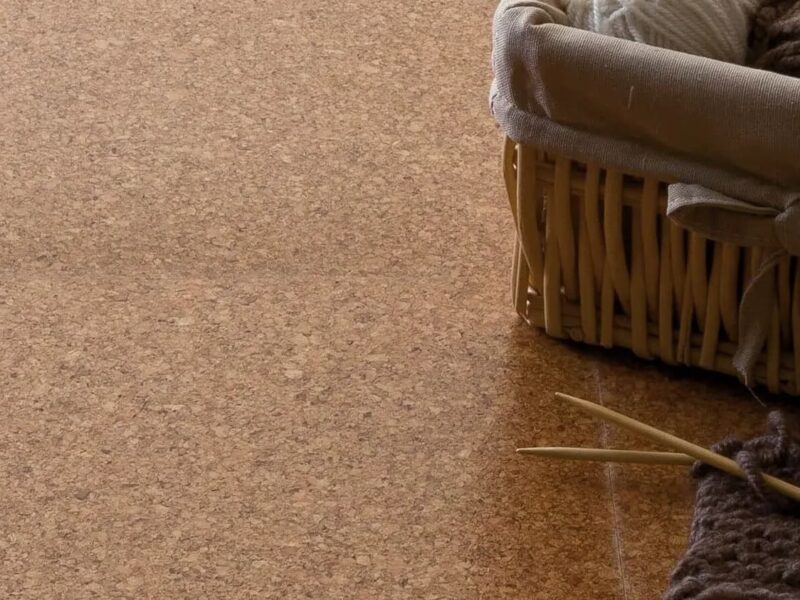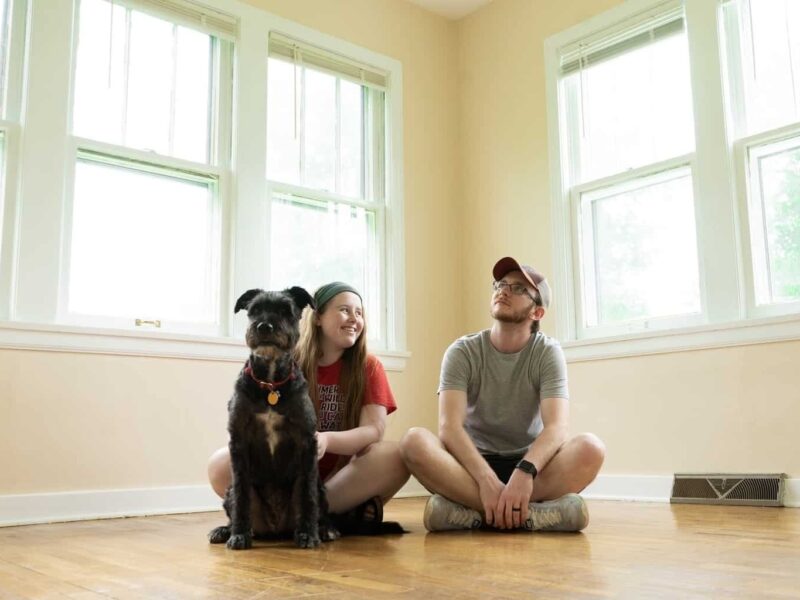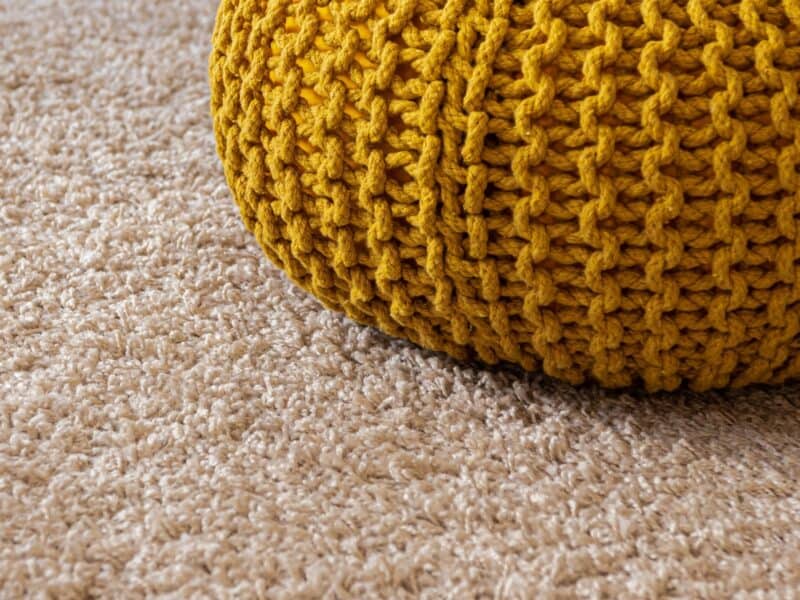
The choice of flooring for your home is largely dependent on the functional needs of the individual rooms followed by any special needs of the inhabitants (such as slip-proof or hypoallergenic), followed by your own personal taste and preference for certain materials, as dictated by the overall décor theme of your house.
There is a vast amount of choice available these days, from traditional materials like carpet, wood and tile to modern options, like bamboo and concrete.
However, there are certain traditional recommendations for the different parts of the house so here is a summary of common flooring materials and their recommended destinations.
Carpet
The floor covering of choice for many families, Carpet is warm, soft, insulating and creates a luxurious feel like no other. Generally, they tend to be reserved for the formal living areas, the family rooms and the bedrooms.

However, with the development of technology, many carpets nowadays are hard-wearing, stain resistant and easy-to-clean so they can be used in many parts of the house previously considered unsuitable.
Nevertheless, carpets are still not recommended for kitchens and bathrooms and may not be the best choice for entrance ways which have to cope with a lot of traffic and soiling.
Also, inhabitants with severe allergies may want to avoid carpets as it can harbour more allergens such as dust mites than other hard flooring options.
Laminate
Gaining in popularity over solid hardwood, Laminate is a type of “floating floor” made up of layers of processed wood, overlaid by a photographic image of wood and protected with a clear sealant which means that it is tough, scratch-resistant and water-resistant.

It is easy and quick to install and extremely cost-effective. It is also needs only simple maintenance and provides a stylish look that is comfortable and easy to look after.
Note, though, that the fibreboard core has been known to trigger some allergies.
Tile
For a durable choice, tile ranks first – it is hard and water-resistant and extremely easy to clean using standard cleaning methods. It is therefore the usual choice for Bathrooms and Kitchens.
However, it can also be a good choice for households struggling with allergies as it does not have any cracks or grooves or deep fibres to harbour allergens.

Nevertheless, it does have some disadvantages – its hardness means that things dropped will break easily and it will not provide the same comfort underfoot as many other flooring options. In addition, it can become dangerously slippery when wet.
It is also very cold on bare feet, which may be a serious consideration in countries with cool climates. Lastly, the care of the grouting is important with any staining being very unattractive.
Wood
Wood is eternally popular as a flooring choice and this is largely down to its unique beauty. It can be, however, quite expensive and require regular maintenance, particularly of the finish.

However, if properly finished and cared for, it is extremely long-lasting and will usually last the lifetime of the home. Wooden floors can dramatically increase the resale value of a house and can make all the difference to the interior décor.
Generally, it is acceptable for use throughout the house except in the bathrooms and usually not recommended for kitchens either, as it is susceptible to dampness and humidity.
Vinyl (PVC)
This is largely chosen for kitchens as it is tough, durable, water-repellent and very low maintenance. It is comfortable to walk on which is something to consider when standing for hours in the kitchen!

It is also inexpensive and has a long life-expectancy, making it a good choice for one of the busiest rooms in the household. It can also be a good choice for laundries and bathrooms.
Environmentally-friendly Options
With the focus on the environment these days, many people would like to choose an eco-friendly product for their flooring.
The two main ones are Cork and Bamboo. Cork is a natural product and is soft underfoot, warm, hard-wearing and easy to clean, although it is vulnerable to damp and humidity since it has a strong tendency to absorb water.

Thus it might make a poor choice for bathrooms and even kitchens. However, it can be finished with a recommended sealer which may ease the problem slightly.
Bamboo has many similar properties and is one of the most sustainable resources – however, it can be expensive and only come in a limited range of colours and styles.


